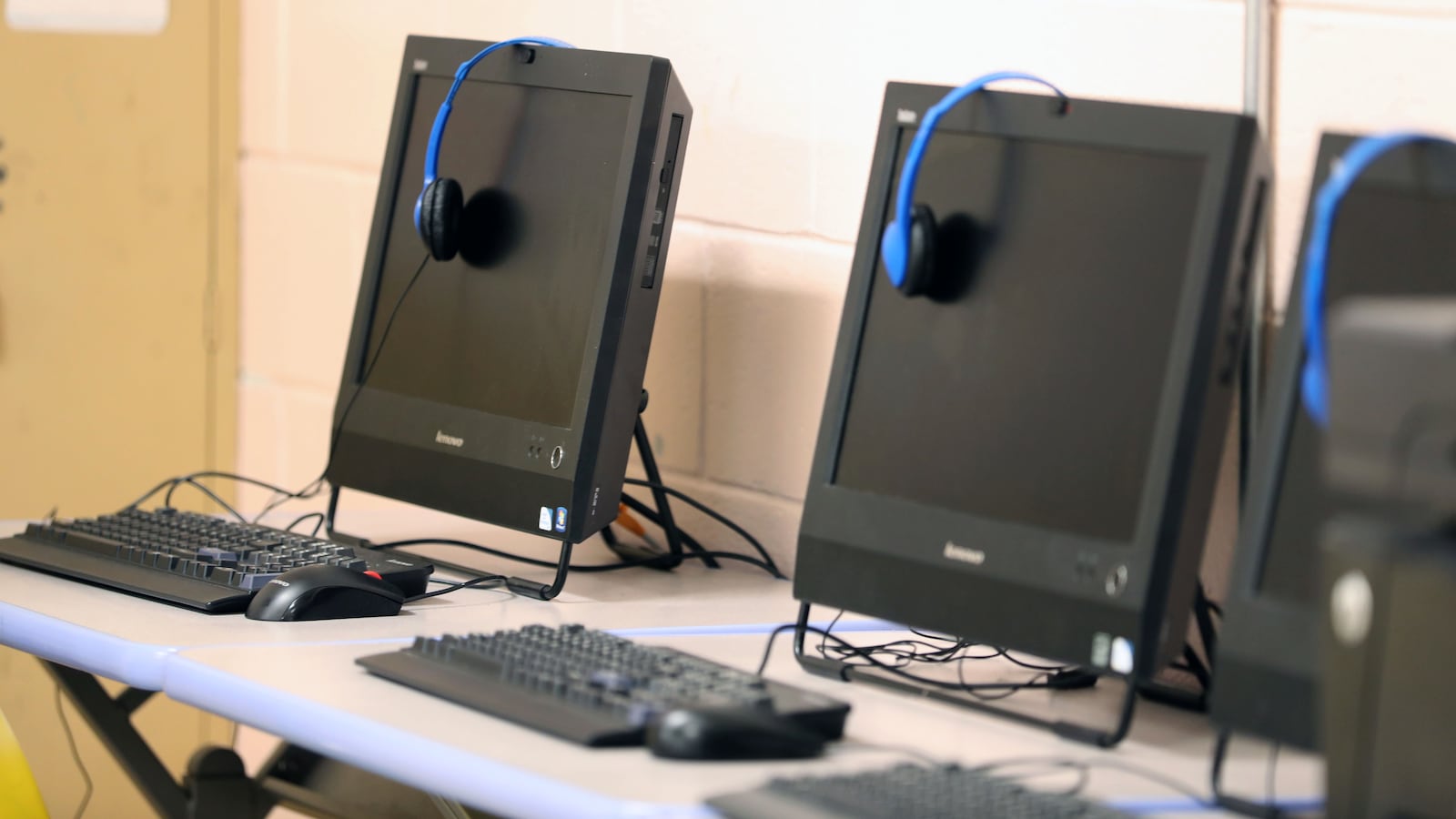More than half of all students who left Indiana high schools to home-school had fallen behind on credits, and just over 40% of them left in their senior year, according to newly released data for the class of 2019.
The information comes from a first-of-its-kind report prepared by the Indiana Department of Education that sheds new light on the nearly 3,700 students statewide who weren’t included in graduation calculations because they were labeled as leaving to home-school — a designation that is obscuring some students who are in fact dropping out.
The report compares the number of students in the graduating class at each school to how many students left to home-school, as well as showing when in the course of their studies students left to home-school and whether they were behind on credits at the time. When students left and if they were on track to graduate are important metrics because they help indicate whether teens may have been miscategorized as leaving to home-school, rather than dropping out.
A recent Chalkbeat investigation revealed that some of the state’s most troubled high schools have large numbers of students leaving to home-school, with no way to know whether students continue their education. Withdrawing students to home-school allows parents to avoid consequences from truancy and schools to boost their graduation rates.
Database: Find out how many home-schoolers were left out of Indiana’s 2019 graduation rates
The problem has received increasing attention from public policy leaders in Indiana, and last year, state lawmakers passed a law that aims to ensure that students are not mislabeled as leaving to home-school. It increases scrutiny of schools with large numbers of students who are behind on credits leaving to home-school.
It is “a bit odd” that so many students who are behind on credits leave some schools, while other schools across the state don’t have the same problem, said Rep. Bob Behning, an Indianapolis Republican who chairs Indiana’s House education committee.
“It just appears that there might be a little bit more than coincidence,” Behning said. “It is very troubling.”
At 50 schools in the report, every student who left to home-school was short on credits. Education department officials, however, caution that the data on how many credits students have when they leave school could be inaccurate because it has not been audited.
About 1,500 of the students who left to home-school exited during their senior year. Nearly 350 left to home-school after April 1, 2019 — just before they were expected to graduate.
The findings will not have consequences for schools. State education officials will begin enforcing the new law for the class of 2020, when schools with large numbers of students who leave to home-school and are behind on credits could see their graduation rates drop.
The law requires high schools with large numbers of students leaving to home-school to demonstrate “good cause” to the State Board of Education before removing them from the graduation calculations. High schools with more than 100 students in the graduating class will face extra scrutiny if more than 5% leave to home-school and those students are not on track to earn diplomas. For schools with 100 or fewer students in the graduating class, the threshold is 10%.
State education officials are still working through the details of how they plan to implement the law. It doesn’t specify how many credits students need to have to be considered on track to graduate or how to judge whether schools have shown “good cause” for marking students as leaving to home-school.
Behning, who led the legislative push, said the new data sheds light on schools that may have a problem. It’s too soon to say whether the new law will help, but “it’s extremely helpful to see this data,” Behning said. The State Board of Education “is going to have their hands full … trying to figure out what’s happening to these kids.”

